
A Rottweiler is a medium large dog breed that is said to have originated from
Germany. The said breed is known for its muscular black body, marked with tan
patches on the eyebrows, cheeks, muzzle, legs and even the underside of the
tail. It has a broad head and a rounded forehead. While the inner cheeks of
a Rottweiler may have black patches, the tongue should be pink. A pure bred
Rottweiler can easily be distinguished by its warm, dark brown eyes and often
projects an alert and fearless demeanor by wrinkling its forehead. Its coat
is of medium length and consists of a rough top coat and a waterproof undercoat.
A Rottweiler’s tail is docked at the first joint and it has become common
practice to have this removed soon after birth for both practical and cosmetic
reasons. The practice, however, triggered numerous debates, stating that it
is cruel to let the dog experience such pain early on in his life.
Life Expectancy:
10-12 years
Energy Level:
Average
Living Conditions:
Apartments ok, but not ideal.
Barking:
Very high. Can be minimized with good training.
Exercise Needs:
Daily run or high-activity yard play.
Breed Group:
Working
Size:
Large
Height:
23-27 inches
Weight:
90 - 110 pounds
Standard Hair Colors:
Black coats, with clearly defined tan markings.
National breed club:
United States Rottweiler Club
The Rottweiler is an old breed. History states that it was used to herd cattle during the days of the Roman Empire. During World War 1, however, Rottweilers were used as police dogs, thanks to their amazing strength and uncanny intelligence.
A Rottweiler’s personality depends on the experience of its owner in training such a breed. This type of dog is not recommended for inexperienced dog owners. However, under the right circumstances, it can prove to be an active and loyal companion who is devoted to its owner and family. It thrives on constant attention and can grow up to be very intelligent and playful. While the male Rottweiler is more of a silent observer, the female Rottweiler uses its bark in order to protect her turf. It may go very still before it attacks, which usually happens without a warning growl. A Rottweiler can become very fierce and aggressive, especially in unfamiliar surroundings and situations. Constant socialization with people and other animals is advised early on in the dog’s life.
Being an active breed, a Rottweiler needs constant exercise in order to maximize its full physical capacity. Rottweilers love to run around open fields and retrieve balls. They also enjoy swimming and running alongside bicycles.
While a Rottweiler can adapt to living in small spaces (e.g. apartment) the breed is more ideal for people who have a large garden or field, where the dog can freely develop its strength.
Rottweilers have moderately coarse, glossy coat that is easy to groom. Brush twice weekly with a firm bristle brush or a grooming glove to maintain the healthy sheen of the coat. Bathe only when necessary.
While Rottweilers are generally healthy due to their active nature, Rottweilers can be prone to elbow and hip dysplasia because of their size. They can also be prone to eye entropion (narrowing of the slit between the eyelids).
You may also enjoy having a German Shepherd around, which is similarly playful
and intelligent.
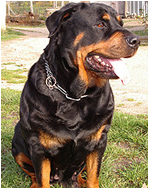
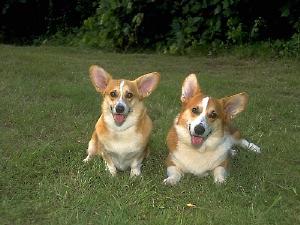 Welsh Corgi (Pembroke)
Welsh Corgi (Pembroke)
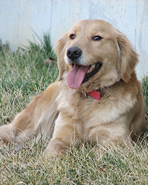 Golden Retrievers: A guide to dogs and puppies of the Golden Retriever breed
Golden Retrievers: A guide to dogs and puppies of the Golden Retriever breed
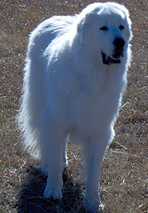 Great Pyreneess: A guide to dogs and puppies of the Great Pyrenees breed
Great Pyreneess: A guide to dogs and puppies of the Great Pyrenees breed
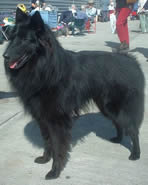 Belgian Sheepdogs: A guide to dogs and puppies of the Belgian Sheepdog breed
Belgian Sheepdogs: A guide to dogs and puppies of the Belgian Sheepdog breed
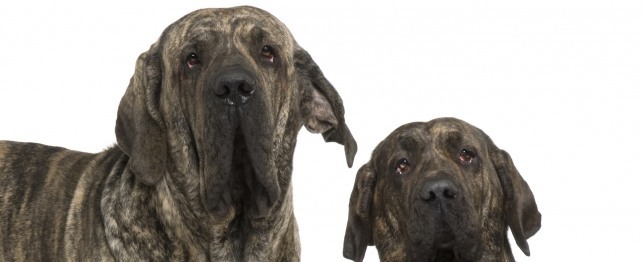 Choosing a Fila Brasileiro
Choosing a Fila Brasileiro
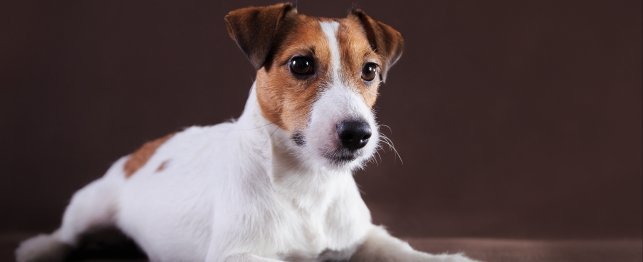 Choosing a Russell Terrier
Choosing a Russell Terrier
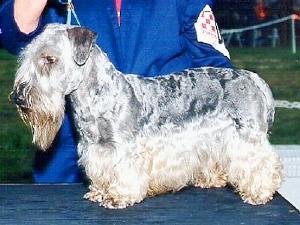 Cesky
Cesky
Cesky
Cesky
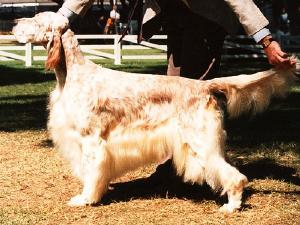 English Setter
English Setter
English Setter
English Setter
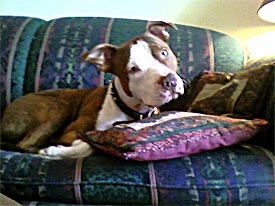 American Staffordshire
American Staff
American Staffordshire
American Staff
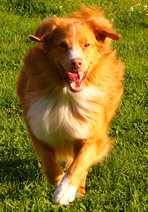 Nova Scotia Duck Tolling Retrievers: A guide to dogs and puppies of the Nova Scotia Duck Tolling Retriever breed
The Nova Scotia Duck Tolling Retriever!
The Nova Scotia Duc
Nova Scotia Duck Tolling Retrievers: A guide to dogs and puppies of the Nova Scotia Duck Tolling Retriever breed
The Nova Scotia Duck Tolling Retriever!
The Nova Scotia Duc
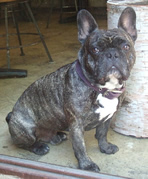 French Bulldogs: A guide to dogs and puppies of the French Bulldog breed
The French Bulldog!
The French Bulldog is a small dog that
French Bulldogs: A guide to dogs and puppies of the French Bulldog breed
The French Bulldog!
The French Bulldog is a small dog that
Copyright © 2005-2016 Pet Information All Rights Reserved
Contact us: www162date@outlook.com